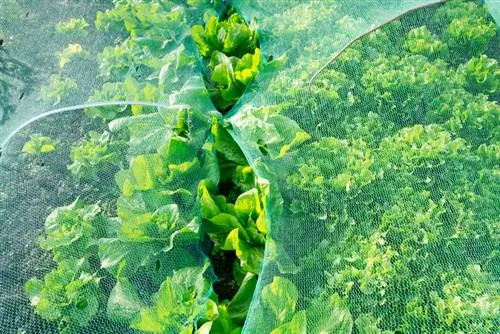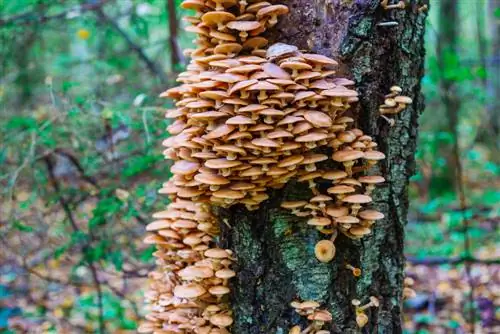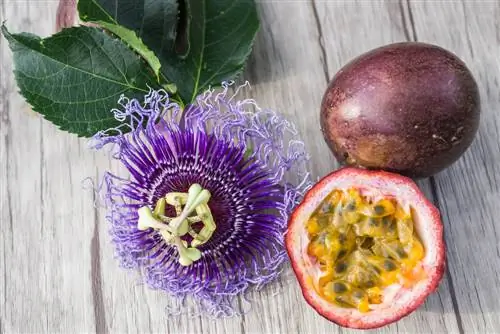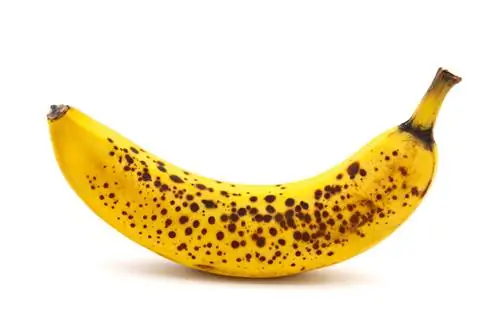- Author admin [email protected].
- Public 2023-12-16 16:46.
- Last modified 2025-01-23 11:22.
When you buy tangerines, they can sometimes be strawy, sometimes moldy or mushy. They are less likely to have maggot infestations. But there are also insects whose larvae develop in citrus fruits. The Mediterranean fruit fly is particularly relevant for plantation culture.

Where do maggots in tangerines come from and how do I avoid them?
Maggots in tangerines usually come from the Mediterranean fruit fly Ceratitis capitata. To avoid infected fruits, look out for soft, rotten spots in the peel when shopping and prefer fruits from the Mediterranean region, which have a lower risk of infection.
Interesting facts about the Mediterranean fruit fly
The Mediterranean fruit fly, zoologically known as Ceratitis capitata, belongs to the drill fly family and is not directly related to the “fruit flies” that are all too well known in this country (more correctly actually fruit flies).
The actually very pretty, multi-colored spotted fly does not originally come from the Mediterranean region, but from central and southern Africa. However, because it is extremely adaptable, it has spread all over the world and causes major problems in fruit and vegetable cultivation, especially in tropical and subtropical areas. The animals are not only quite open to the climate in their tropical homeland, but are also not particularly picky about their host plants.
To remember:
- Mediterranean fruit fly comes from Central and South Africa
- is very climate and food tolerant
- massive damage potential in global fruit and vegetable production, especially in (sub)tropical areas
The Maggots
The females lay their eggs in depressions or cracks in the shell of the half-ripe to ripe fruit. The larvae that hatch are white maggots and are around 7-9 mm long at the end of their development period. Several maggots can be found in one fruit, usually close to each other.
How can you deal with infected tangerines?
Despite strict quarantine regulations, it can of course happen that infected tangerines are imported. To recognize infected fruit in the supermarket or at the weekly market, pay particular attention to soft, rotten spots in the peel.
The area of origin could also be an indication of a greater risk of exposure. Although the Mediterranean fruit fly deals surprisingly casually with temperatures outside its native range, it cannot survive a Central European winter. One can therefore assume that the risk for infected fruits from African, Asian or Central American growing areas tends to be higher than for fruits from the Mediterranean region.
Also: the closer the area of origin is, the shorter the transport routes the tangerines have to travel. This is definitely better for the environment and also for the quality of consumption.






